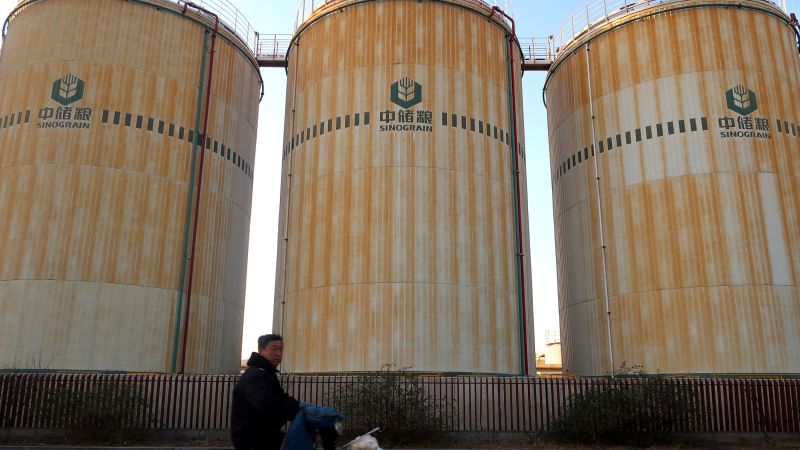Public outrage is mounting in China over allegations that a major state-owned food company has been cutting costs by using the same tankers to carry fuel and cooking oil – without cleaning them in between.
The scandal, which implicates China’s largest grain storage and transport company Sinograin, and private conglomerate Hopefull Grain and Oil Group, has raised concerns of food contamination in a country rocked in recent decades by a string of food and drug safety scares – and evoked harsh criticism from Chinese state media.
It was an “open secret” in the transport industry that the tankers were doing double duty, according to a report in the state-linked outlet Beijing News last week, which alleged that trucks carrying certain fuel or chemical liquids were also used to transport edible liquids such as cooking oil, syrup and soybean oil, without proper cleaning procedures.



So 84,000 for a glass assuming 100% of the fluid is benzene (unless I misunderstood your calculation). Benzene concentration is about 1% of gasoline, and a tanker is about 20,000L, or ~40,000x more than a cup. Cube root of 40,000 is about 34 (cube root for the surface to volume factor). 34*100 is 3400, which is about 25x off from the 84,000 reduction required to be “safe.” So it’s roughly 25x worse than the Oregon cutoff (but seemingly within EPA limits, which appears to be ~1000x less stringent [!!!]). Unless I made some errors or misunderstood.
In any event I’ll try to source my cooking oil from uncontaminated trucks!
(As an aside, thanks for taking my question seriously and putting thought into an answer, unlike some of the other more “colorful” responses!)